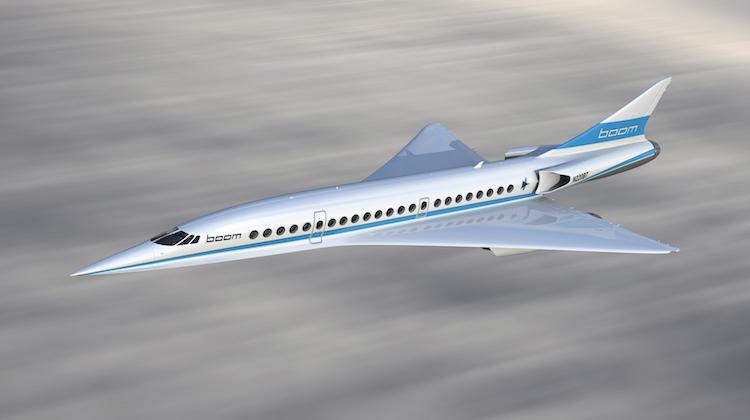
Japan Airlines (JAL) has signalled its interest in supersonic flight through a partnership with Boom Supersonic.
The Japanese flag carrier said on Tuesday it would invest US$10 million in Boom and hold options to purchase up to 20 supersonic aircraft.
Further, there would also be collaboration between the pair to “refine the aircraft design and help define the passenger experience for supersonic travel”.
“We are very proud to be working with Boom on the advancement in the commercial aviation industry,” Japan Airlines president Yoshiharu Ueki said in a joint statement.
“Through this partnership, we hope to contribute to the future of supersonic travel with the intent of providing more time to our valued passengers while emphasising flight safety.”
Privately-held Boom, based in Denver in the United States, is developing a supersonic tri-jet with a range of 4,500nm capable of reaching speeds of Mach 2.2, meaning a flight between New York and London would take about three hours and 15 minutes.
A flight between Sydney and Los Angeles would take seven hours, which includes the time required for a refuelling stop enroute.
The company has said previously it expected fares to be similar to what is offered for business class travel currently.
Entry into service for the aircraft, which could seat up to 55 passengers in a business class configuration, was forecast for the mid-2020s.
A demonstrator aircraft, dubbed Baby Boom or XB-1, was due to fly for the first time in late 2018.
Japan Airlines is the second company to have publicly announced it was holding options in the supersonic jet. Virgin Group, a part owner of Virgin Atlantic, holds options for 10 aircraft.
There are also options for 46 more aircraft from unidentified customers.
Boom founder and chief executive Blake Scholl said the strategic partnership with Japan Airlines came after a year working together behind the scenes.
“JAL’s passionate, visionary team offers decades of practical knowledge and wisdom on everything from the passenger experience to technical operations,” Scholl said.
“We’re thrilled to be working with JAL to develop a reliable, easily-maintained aircraft that will provide revolutionary speed to passengers.
“Our goal is to develop an airliner that will be a great addition to any international airline’s fleet.”
Boom would be the first passenger jet since the retirement of the Concord in October 2003.
Scholl said on a blog post on the company’s website Japan Airlines was the “first airline in history to make a material financial commitment to a faster future”, noting the pre-orders for the Concord held no financial commitment.
(Read more about Boom in the January/February edition of Australian Aviation, on sale January 4 2018.)











